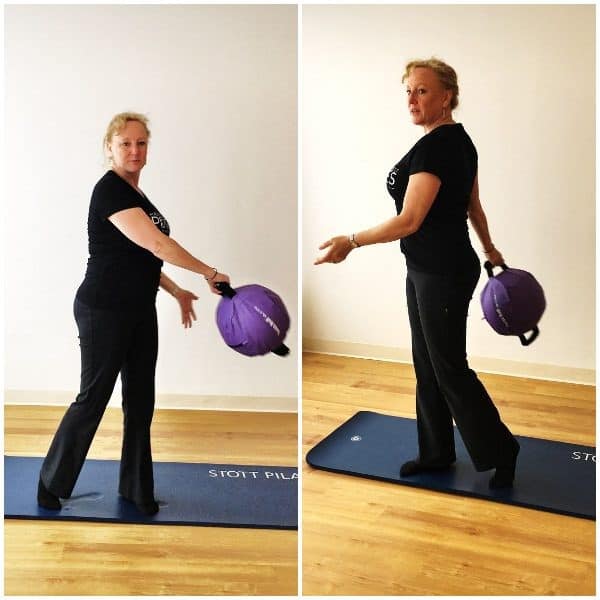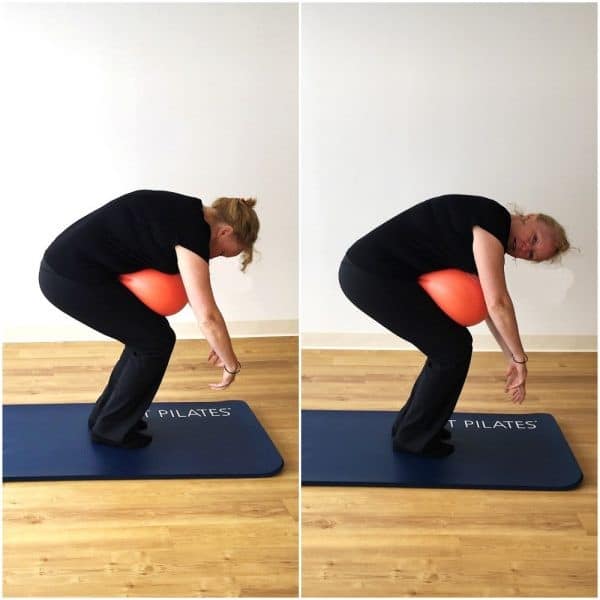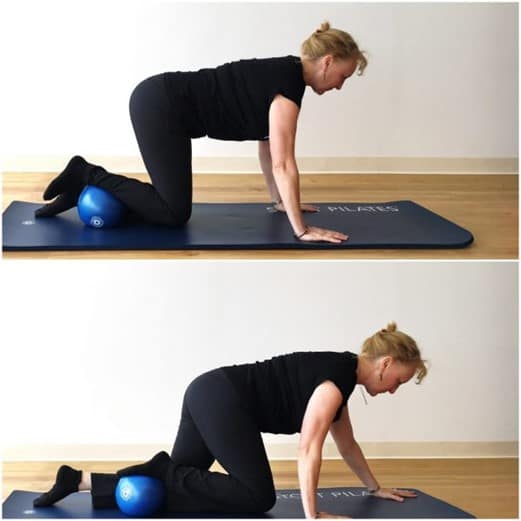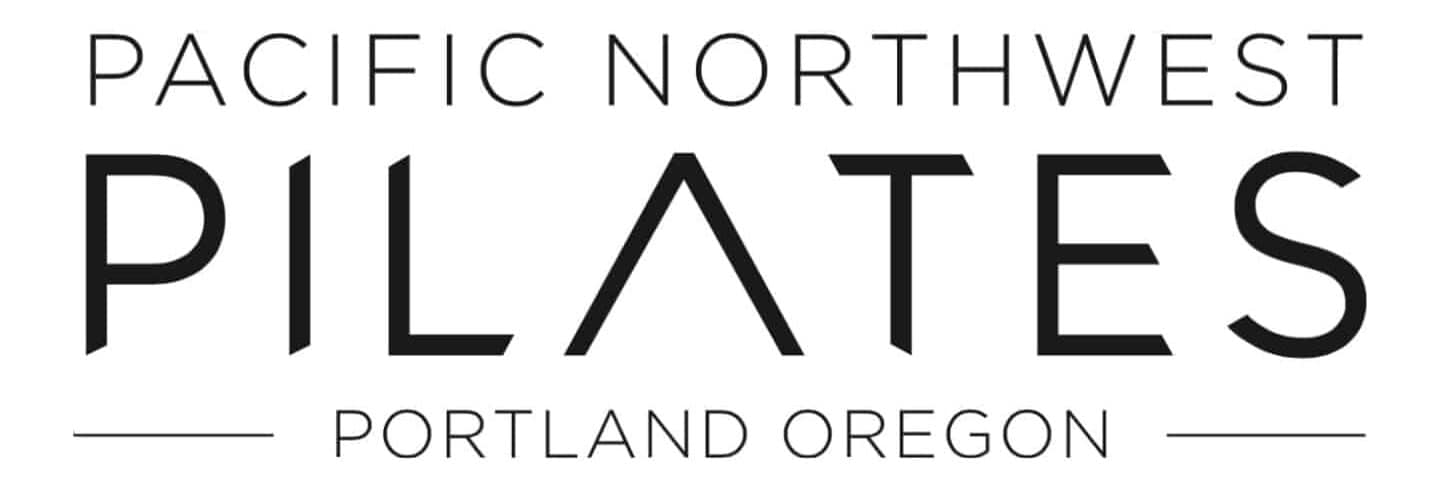PNWP Owner Melanie Byford-Young brings the Merrithew™Fascial Movement Foundation Course, Level 1 to Pacific NW Pilates. Designed especially for fitness, medical and therapy professionals, the course is informed by the latest research findings on the neuromyofascial skeletal system. It explores the multiple functions of fascia and hones-in on its sensory qualities. It bridges the gap between theory and practicality, linking the sensory qualities of fascia into organized exercise procedures.
Here Melanie shares her some of her favorite fascial discoveries and client successes.

My Mind on Fascia
Throughout my years of study as a physical therapist, this information was never presented to me in a comprehensive way. Fascial research is new and cutting-edge. It’s continually evolving. It’s movement science at its finest. And, it has made me think about the body and my work with clients in a profound and new way. Merrithew’s four fascial movement variables—Bounce, Sense, Expand and Hydrate—provide a framework to explore fascia-informed movement with clients. It’s not a recipe. It’s a system that helps me think critically and problem-solve in innovative ways.

Soak and Squeeze
Long term poor posture and alignment can lead to tight, dysfunctional pecs. Stretching isn’t always a solution. The current fascial research shows that it’s possible to slowly and progressively re-align the collagen fibers back to a more homeostatic state by increasing the load and moving deliberately around the respective fascial line(s).
In the picture above I’m demonstrating how to use a weighted Twist Ball in the exercise called Soak and Squeeze. The ball is used as a weighted lever as I rotate my body on the spiral line and move my arms along the arm lines. This opens the pecs and addresses restriction around the shoulder. This exercise is better than stretching because it restores dynamic control and integrates functional movement throughout the torso and upper body. Stretching won’t create long term changes throughout range of motion. Instead, dynamically loading and moving tissue in a safe and controlled manner will help to hydrate tissue, realign collagen and reset the sensory organs including muscle spindles and golgi tendon organs.

An Ounce of Bounce
I use exercises from the Bounce Variable for clients with a lot of stiffness in their low back myofascia. It has produced results like I’ve never seen before.
For example, a client I teach with a high lordosis who tends to grip her back extensors (she’s a climber) has been able to free up her lumbar spine for the first time with supported oscillatory bouncing. The rhythmic oscillations—with her body weight fully supported by the ball—enable her back extensors to stop contracting. She can’t force the tissue to lengthen in this exercise. Instead of muscling through it, her legs take the weight of her body—her nervous system feels safe. Here, the tissue can be hydrated. The repeated gentle, loaded oscillations allow the protective, guarding pattern to release. Afterward, she can roll through her spine and side bend in several minutes, and we can resume motor control exercises (Pilates) to restore dynamic control through this region.

Slide and Glide
I’ve also had great success restoring symmetry across the pelvis and hips using movements from the Expand and Hydrate Variables.
One of my regular clients with a Trendelenburg gait and osteoarthritis in one hip has been able to improve hip joint control after performing a quadruped movement.
The progressive series of forward backward and diagonal movements tensions and releases the muscles. It combines control and weight transference. In other words, the exercise contracts and releases the myofascia to restore fluidity throughout the tissue and enables it to slide and glide. We’re achieving hydration and motor control at the same time!

Starfish
The Starfish with the Resistance Loop is a perfect way to create symmetry and awareness throughout the posterior lateral slings. Performed in a prone position, one presses out their hands and/or legs into a starfish (x-shape) pattern. Clients can quickly appreciate and correct any asymmetries in their movement. The sensory feedback from the loop helps clients recognize when their motor programming is out of kilter. This exercise incorporates work across multiple myofascial lines; instead of passive movement, a client actively moves and adjusts for themselves.
Focus on Fascia
I’ve been successful incorporating bouncy, plyometric movement more quickly into client workouts. I’ve had unprecedented success unwinding a client’s tight back muscles. And, I’ve made mistakes too. This work is powerful. I’m proud to share my best successes, and I’m really excited to apply what I’ve learned when I teach the Merrithew Fascial Movement Foundation Course, Level 1 this spring. I hope you’ll join me.
